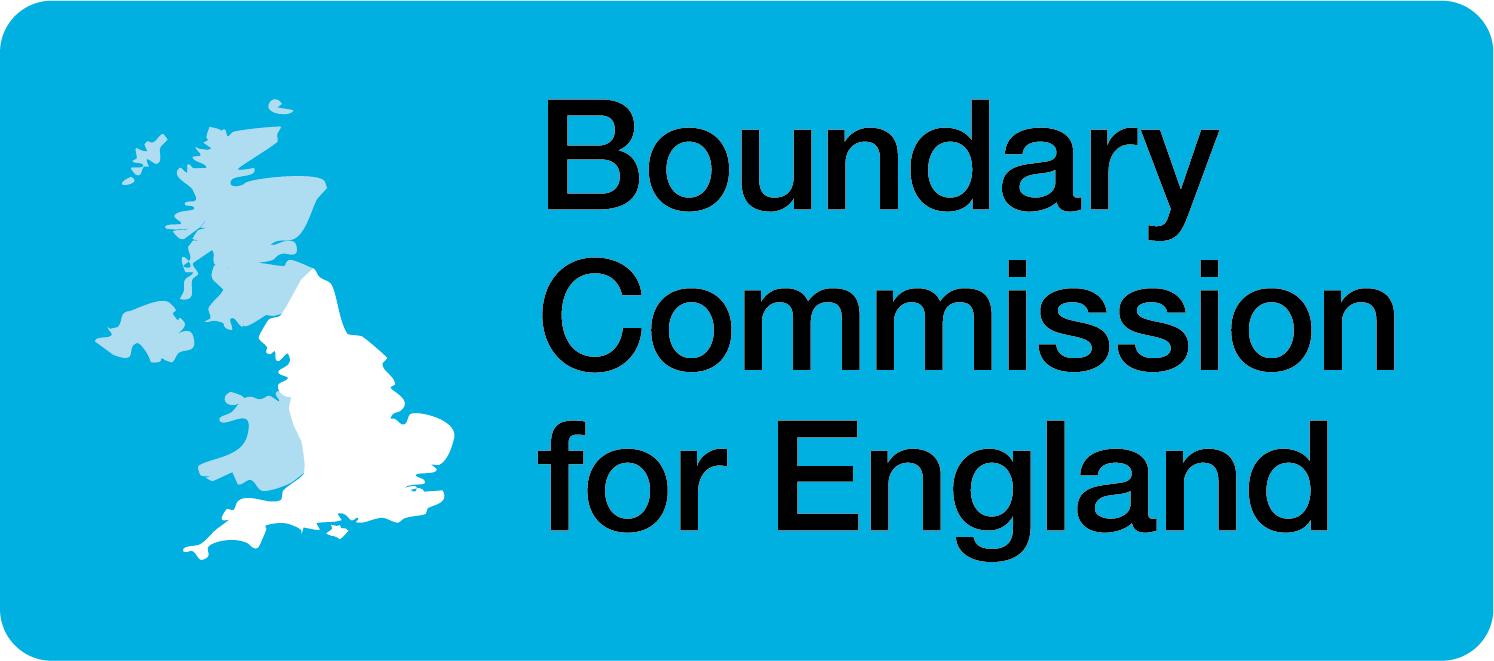Summary
Who we are and what we do – ‘The 2023 Review’ 1
1 Further details about the BCE and 2023 Review are published on our website: https://boundarycommissionforengland.independent.gov.uk/
The Boundary Commission for England (BCE) is an independent and impartial non‑departmental public body, which is responsible for periodically reviewing Parliamentary constituency boundaries in England.
We are currently conducting a review on the basis of legal rules most recently updated by Parliament in 2020, which will conclude with a final report and recommendations from us by 1 July 2023. The rules require there to still be 650 constituencies across the UK, but more equally distributed across the four parts of the UK, which will see the number of constituencies in England increase to 543. Each (apart from five ‘protected’ constituencies) must also contain a number of electors that is no smaller than 69,724 and no larger than 77,062 (as at the fixed date of 2 March 2020).
We published our initial proposals for the new Parliamentary constituency boundaries in England on 8 June 2021 and there have been two rounds of statutory consultation relating to those to which we received over 45,000 responses. We have considered all of the comments received and taken them into account in developing our revised proposals, which we are now publishing for final consultation. For each region, a full report sets out a summary of the responses received to previous consultation on our initial proposals, our analysis of those, and the conclusions we have reached as to how the proposals should be revised as a result. The Appendix to each report contains details of the composition of each constituency we are now proposing, and maps to illustrate these can be viewed on our website or in hard copy at a local place of deposit. 2
Back to topWhat are the revised proposals for the North West region?
We have revised the composition of 32 of the 73 constituencies we proposed in
June 2021, and maintained our initial proposals for the remainder. We have revised
the name of 17 of our initially proposed constituencies. Our revised proposals would
leave 13 existing constituencies in the North West region wholly unchanged, and
five unchanged except to realign constituency boundaries with local government
ward boundaries. 3
As it is not always possible to allocate whole numbers of constituencies to individual counties or unitary authorities, we sometimes group these into sub-regions, meaning some constituencies cross county or unitary authority boundaries. After consideration of the responses to the sub-regions in our initial proposals, our revised proposals are based on unchanged sub-regions, as follows: Cumbria and Lancashire 4 (allocated 20 constituencies); Merseyside and Cheshire 5 (allocated 26 constituencies); and Greater Manchester (allocated 27 constituencies). 30 constituencies would cross local authority boundaries (three more than our initial proposals): four would contain parts of more than two local authorities (equal to our initial proposals).
We are proposing comprehensive change in both Cumbria and the south of Lancashire, reflecting the weight and quality of evidence received in opposition to the initial proposals. There are very few revisions across Merseyside, aside from the introduction of two split wards. The changes in Cheshire centre around Northwich, Middlewich and Winsford. The west of Greater Manchester has a small number of revisions, with more significant reconfiguration of constituencies proposed in Tameside and the east of the City of Manchester.
We are proposing four constituencies that would cross county boundaries: Morecambe and Lunesdale (Cumbria and Lancashire); Southport (Lancashire and Merseyside); Ellesmere Port and Bromborough; and Widnes and Halewood (both Cheshire and Merseyside). We are proposing no changes to the initially proposed composition of Southport, and Ellesmere Port and Bromborough constituencies (although proposing a name change for the latter). We propose to split the Whiston & Cronton ward in the proposed Widnes and Halewood constituency. The proposed Morecambe and Lunesdale constituency is similar to the Morecambe and South Lakeland constituency in the initial proposals, but the Skerton East and Skerton West wards would be united within the Lancaster and Wyre constituency. Morecambe and Lunesdale would contain the Sedbergh ward, and both named Lune Valley wards, but no longer include any part of the Bowness and Levens ward.
We are proposing to split seven wards across the region, in: Knowsley; Sefton; South Lakeland; Warrington; Wigan; and Wirral.
Back to topHow to have your say
We are consulting on our revised proposals for a four-week period, from 8 November 2022 to 5 December 2022. We encourage everyone to use this final opportunity to contribute to the design of the new constituencies – the more views we hear, the more informed our decisions will be when we make our final recommendations and report to Parliament. Our consultation portal at www.bcereviews.org.uk has more information about our revised proposals and how to give us your views. You can also follow us on Twitter @BCEReviews or at facebook.com/BCEReviews.
Back to top2 A list of places of deposit is published on our website (as above).
3 Where the Order to make such wards was made by 1 December 2020.
4 Comprising the county of Lancashire, and the two unitary authorities of Blackpool, and Blackburn with Darwen, hereafter referred to as Lancashire.
5 Comprising the unitary authorities of Cheshire East, Cheshire West and Chester, and the boroughs of Halton, and Warrington, hereafter together referred to as Cheshire.
